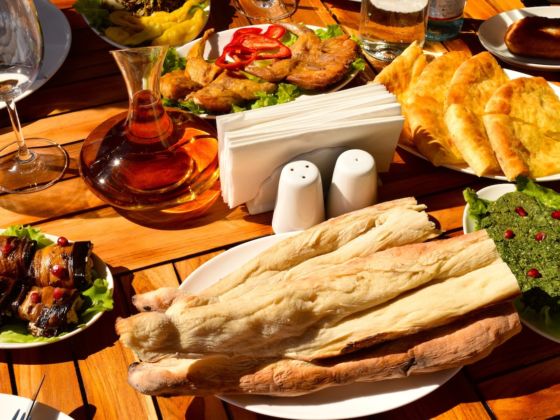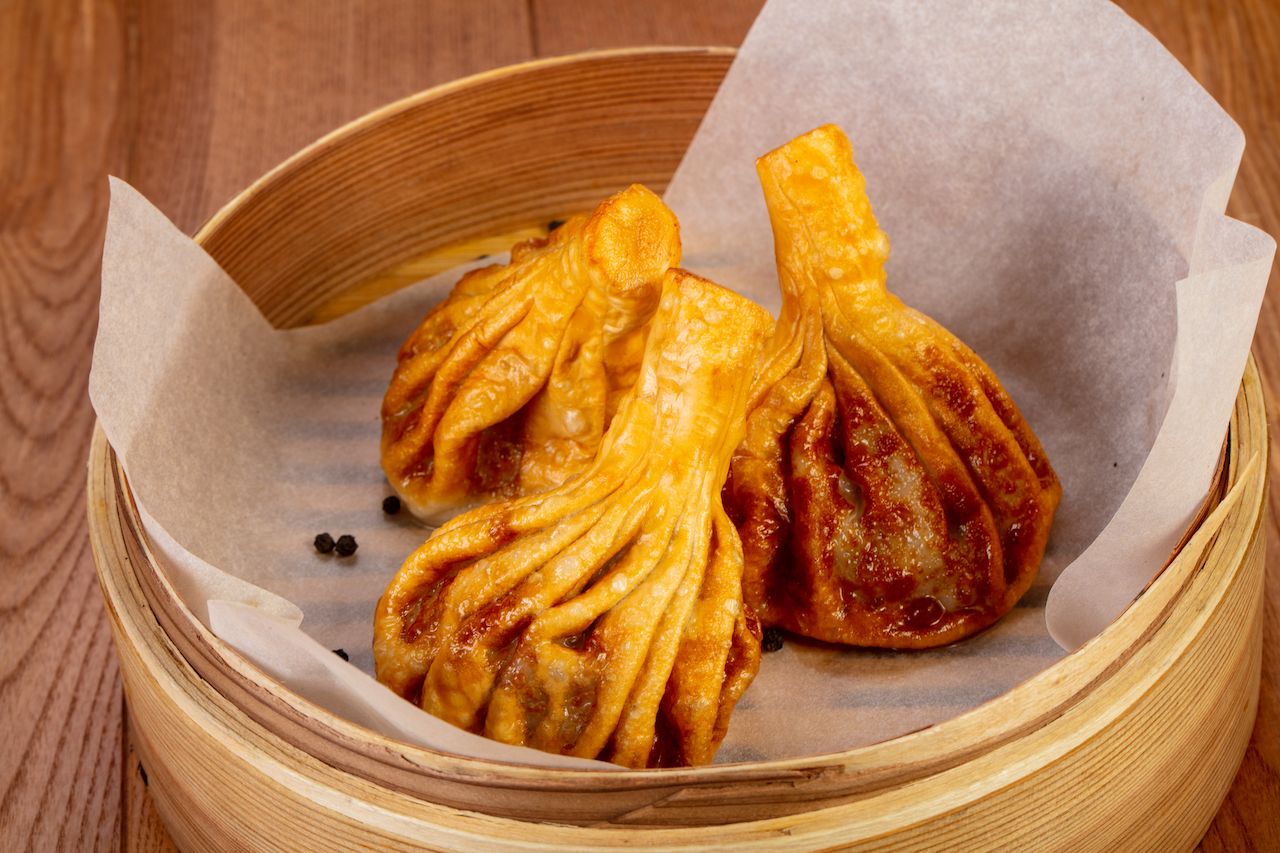When we say that Georgia may be the most underrated food and drink destination in the world, we’re not talking about peaches and sweet tea. At the intersection of Europe and Asia lies Georgia — the country — one of the most culturally rich, diverse nations in all of Eastern Europe.
Although it’s small in size, Georgia has a rich and extensive history, with layers of occupation, war, and fights for independence woven in between. After hundreds of years of Russian occupation, the former Soviet republic finally declared its independence in 1991, electing its first president on May 26 that same year. Beyond its modern history, Georgia is rich in antiquity, much of which is still readily available for travelers to see. Traditional song, stunning architecture, and outdoor adventures in the Caucasus Mountains and Black Sea abound, but the real draw for travelers in-the-know today is the food and drink.












